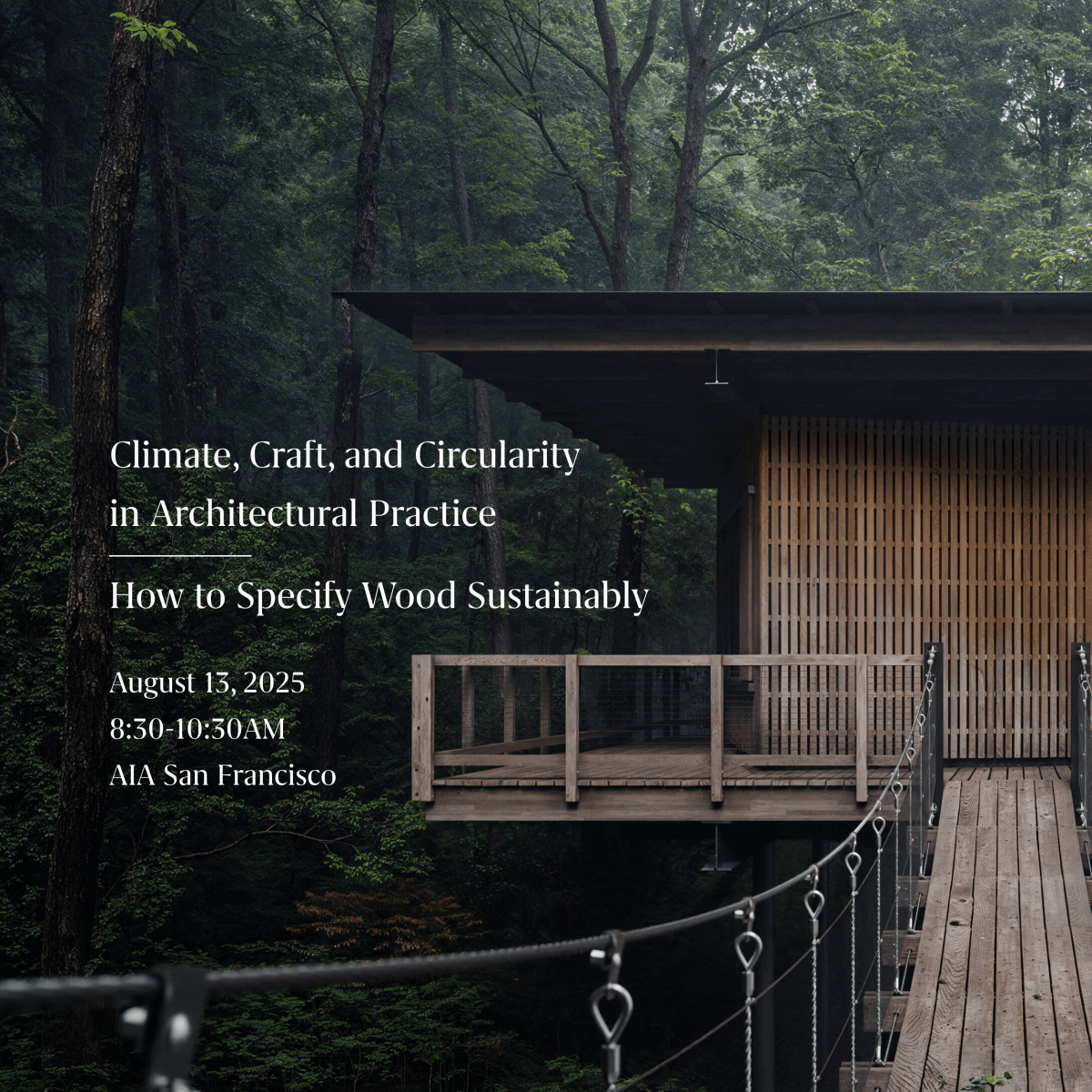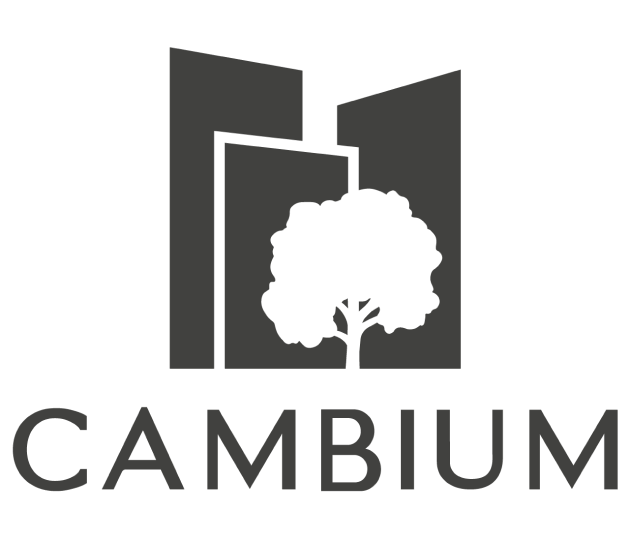Climate, Craft, and Circularity in Architectural Practice: How to Specify Wood Sustainably

Cambium will host a presentation at AIASF that tells the story of lumber circularity. It will address climate impacts associated with traditional lumber sourcing, including tropical hardwoods and internationally processed wood products, as well as the significant opportunity in utilizing domestic wood waste. This session also introduces a high-performance salvaged wood product sourced from fallen and removed trees across the U.S.
Participants will learn about what a circular wood supply chain can look like, including collection, processing, and specification of salvaged wood. They will explore design applications (in millwork, furniture, and mass timber applications) and learn how to replace imported and extractive materials with local, low-carbon alternatives. This session features a live Q&A, case study examples, and tactile wood samples, providing an interactive, project-oriented experience.
Host:

Gwen Sloane is the West Coast Millwork Manager at Cambium, where she works at the intersection of architecture, construction, and circular wood supply chains. With certifications in permaculture design and social permaculture, Gwen’s career has centered on the relationship between people and place. She began in environmental organizing, putting pressure on large companies to commit to more sustainable paths, and went on to lead an ecological landscaping startup which sat at the nexus between homeowners, architects, and builders.
Gwen is passionate about protecting the environment and advancing supply systems that mimic ecological principles — where nothing goes to waste.
2 LU | HSW
- Identify the carbon and ecological consequences of tropical hardwoods and globally shipped modified wood products.
- Describe the process by which wood is converted from urban waste wood into architect-grade materials within a circular supply chain.
- Compare the carbon impact, performance, and traceability of salvaged U.S. hardwoods to commonly used imported woods.
- Apply best practices for specifying salvaged and thermally modified wood in architectural projects using available tools and language.

Interested in elevating your brand and connecting with the Bay Area architecture and design community? Be an Industry Partner!
